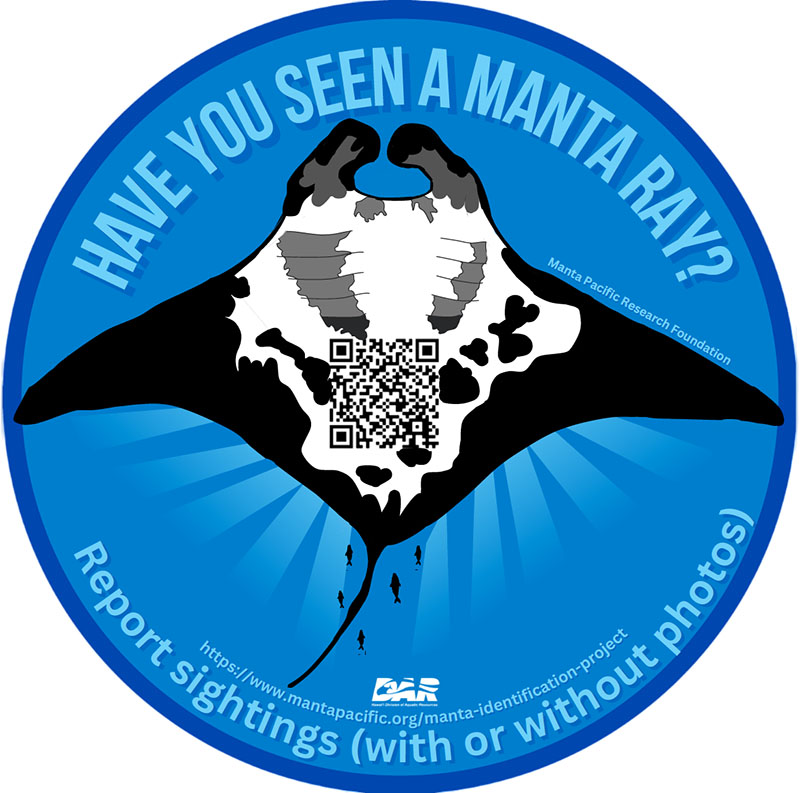Fishing Around Protected Species

Fishing is important to our way of life and livelihoods in Hawaiʻi. Below you can find best practices for how to catch fish and avoid harming protected species.
Try fishing with Barbless Circle Hooks
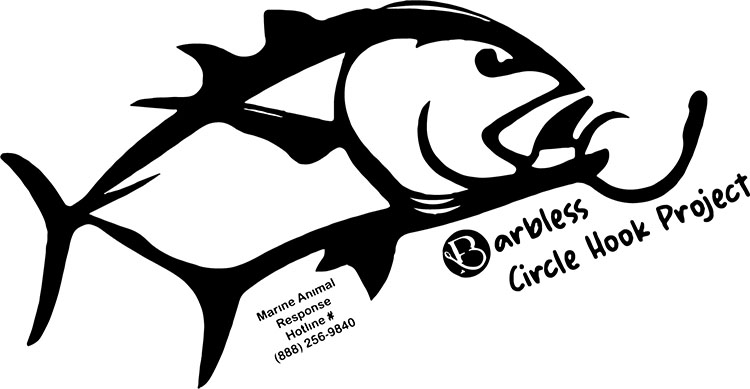
Why use a Barbless Circle Hook?
- It’s better for the fish. It’s easier to quickly release unwanted catch without damaging the fish, which means more and healthier fish for you to catch in the future.
- It’s better for you. Minimize injury to yourself and others, as well as damage to shirt, shorts, and nets.
- It’s better for protected species in Hawaiʻi. If you accidentally hook or entangle an animal, barbless hooks are easier to remove, or the animals may be able to free themselves, which reduces trauma and enables the animal to return to normal activities.
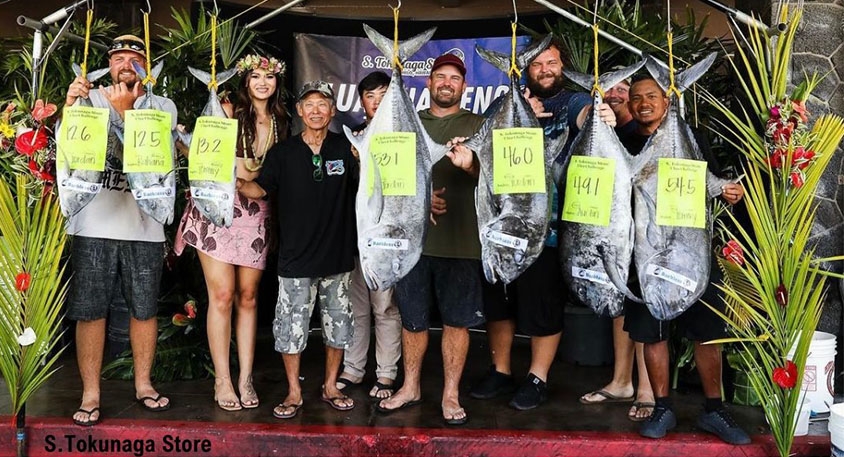
Anglers with their barbless catches at the 2023 S. Tokunaga Ulua Challenge.
Barbless circle hooks work! Studies on barbless circle hook effectiveness show that they work just as well as barbed hooks, and barbless fishers win tournaments! Check out the Barbless Circle Hook Project on Facebook and Instagram to see more photos of successful barbless circle hook catches.

(l) At the 2024 S. Tokunaga Ulua Challenge on Hawai‘i Island an angler won the tournament with a 97.5-pound ulua caught using a barbless hook. (r) Another prize-winning barbless hook catch.
How to make a Barbless Circle Hook
Use a small hand crimper (for Mustad 16/0 and smaller hooks) or large bench crimper (for Mustad 18/0 and larger hooks) to flatten a circle hook’s barb. A pair of parallel-jawed pliers can also be used in place of a hand crimper to flatten down the barb on smaller hooks.

A barbed circle hook converted to a barbless hook using a crimping tool to flatten the barb.
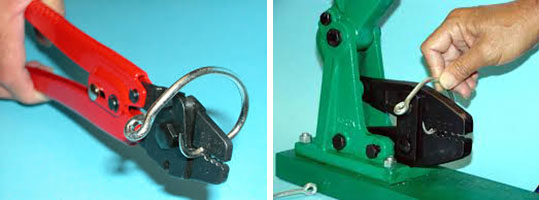
Use a hand crimper for small hooks, and a bench crimper for large hooks.
To get FREE Barbless Circle Hooks check out our Instagram to join us at our next event.
Fishing Around Sea Turtles
Line entanglement around flippers, head or neck is the greatest threat to sea turtles so please remove as much line as possible!
- Call the NOAA Marine Wildlife Hotline: 1-888-256-9840 for technical guidance while you remove the line.
- Reel in turtle with care. Do the best you can to land the animal carefully. DO NOT drag a turtle up a cliff.
- Hold the turtle by its shell and/or flippers.
- Cut line close to hook, as short as possible.
- Remove the hook only if it can be done without injury to you or the turtle. If the hook’s barb is exposed, smash it down to easily extract the hook and shorten the handling time of the turtle. DO NOT remove the hook if swallowed. If using a barbless hook, the hook should easily come out.
- Remove any line from flippers, head and neck. Try to remove any remaining line from the reef.
- Release turtle with no line attached.
- Dispose of the line in a responsible manner.
Fishing or Spearfishing Around Monk Seals
Hookings are often life threatening for seals and other species. PLEASE REPORT! If you are spearfishing and see a seal, pull your fish in close and never feed seals. Feeding them allows them to become used to human interactions and can cause potential health risks for both them and the public.
If you hook a seal or see a sick or injured seal, whale, dolphin, or turtle, please call the NOAA Marine Mammal Stranding and Entanglement Hotline: 1-888-256-9840.
Help Spread the Word with a Decal
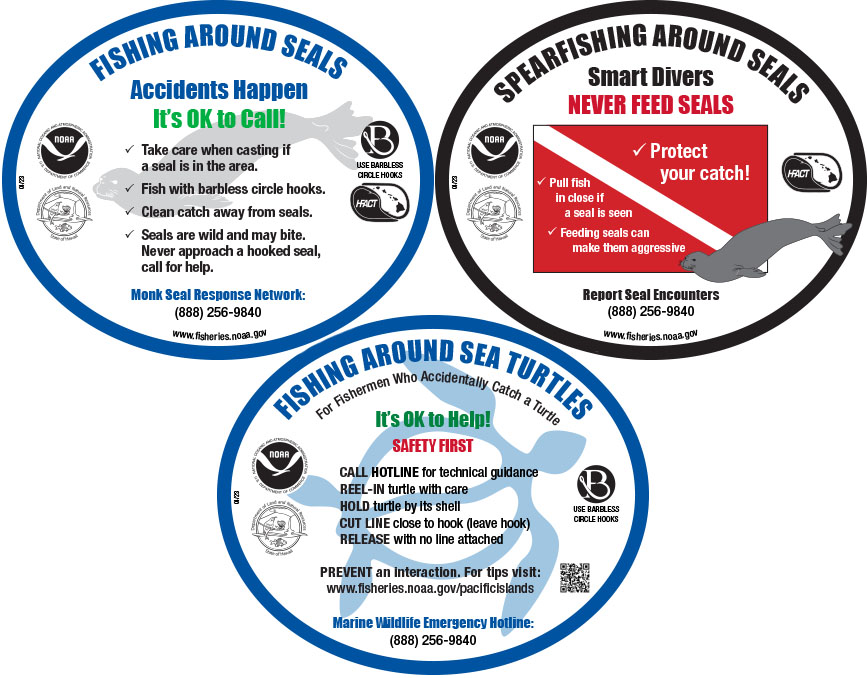
To get FREE decals check out our Instagram to join us at our next event.
Fishing Around Oceanic Whitetip Sharks
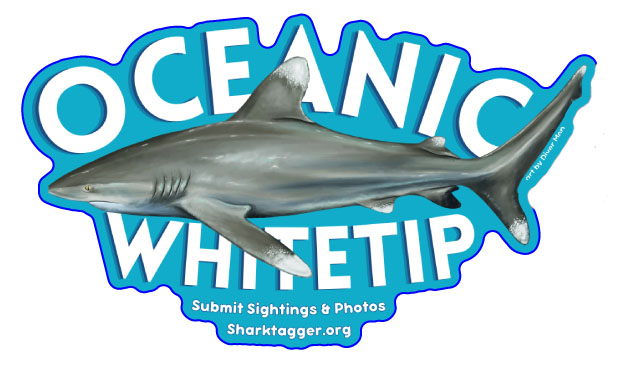
Hookings are often life threatening for oceanic whitetips.
Reduce fishing interactions through avoidance. If you see an oceanic whitetip shark, consider bringing in your line(s) and changing locations. If you are fishing and hook a whitetip, please release them in a manner that minimizes injury: Please cut the line as close to the hook as possible and release them as quickly as possible to give them the best chance at survival.
If you see a deceased shark, please call the NOAA Marine Wildlife Hotline: 1-888-256-9840 option 8.
Please take pictures of their dorsal (top) fins and report your sightings.
Learn more about oceanic whitetip sharks, and report sightings and submit photos.
Fishing Around False Killer Whales
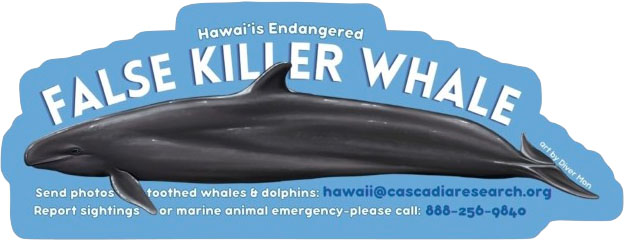
Hookings are often life threatening for false killer whales.
The best way to avoid fishery interactions is through avoidance. Help conserve endangered False Killer Whales (FKW) by being aware of high-density areas while fishing. If you see FKWs, consider moving locations to avoid interactions and bring in your lines.
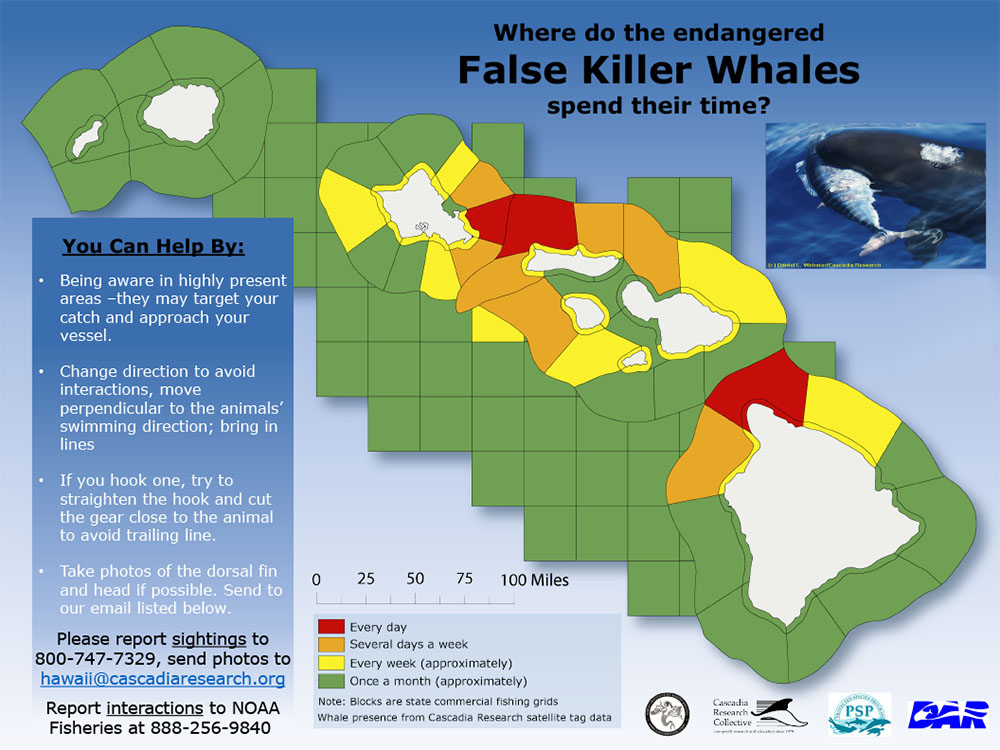
If you are fishing and you hook one of these species, please straighten the hook and cut the gear close to the animal to avoid any trailing line.
If you have a false killer whale sighting or interaction, please call the NOAA Marine Wildlife Hotline: 1-888-256-9840 option 5.
False killer whale sightings are rare, so please take pictures or videos of their dorsal (top) fins and report your sightings.
Learn more about false killer whales, and report sightings and submit photos.
Fishing Around Oceanic Manta Rays
Hookings are often life threatening for oceanic manta rays.
When going fishing, please be aware of high manta use areas: areas where there is a lot of upwelling – usually a steep drop off. Consider moving locations or bringing in lines if you see a manta in the area to help avoid entanglements. Using barbless, non-stainless steel hooks and appropriate test nylon monofilament or fluorocarbon line can help reduce the harm to an animal if it does become entangled.
If you do hook one of these animals, please cut the line as close to the hook as possible, and release as quickly as possible to reduce harm to these species.
If you have an oceanic manta ray fishing interaction, please call the NOAA Marine Wildlife Hotline: 1-888-256-9840 option 8
Oceanic manta ray sightings are rare, so please take pictures of their bellies and report your sightings.
Learn more about oceanic manta rays, report sightings and submit photos.
